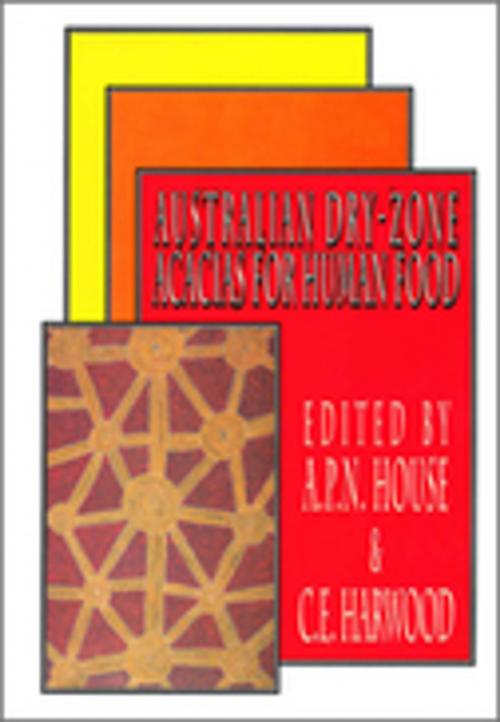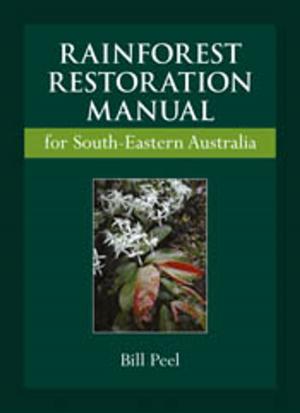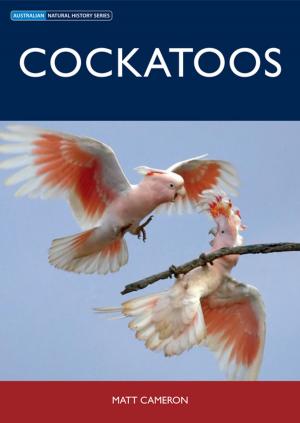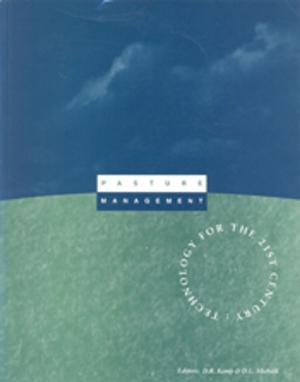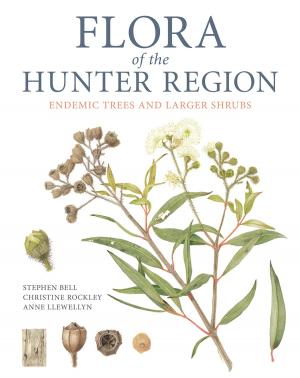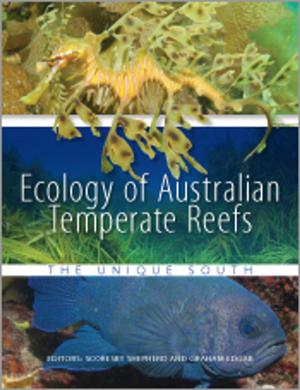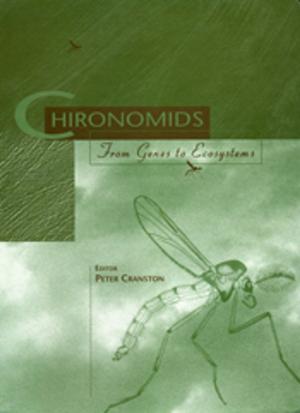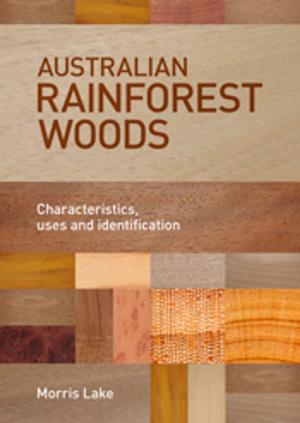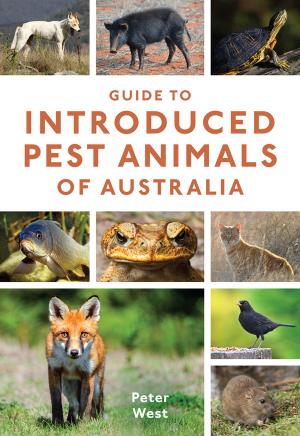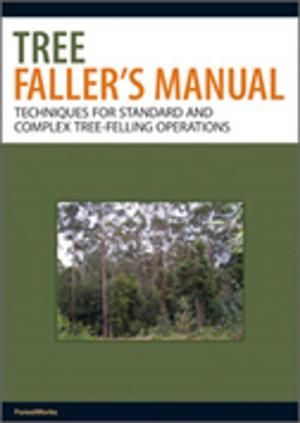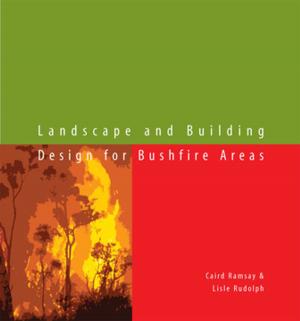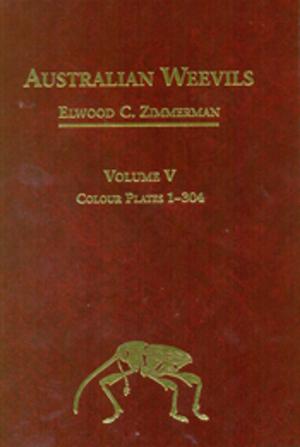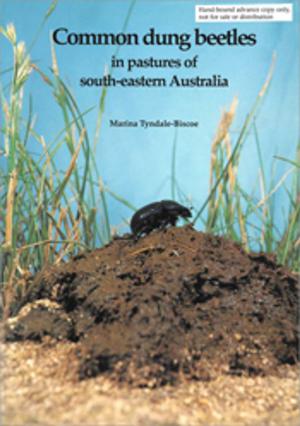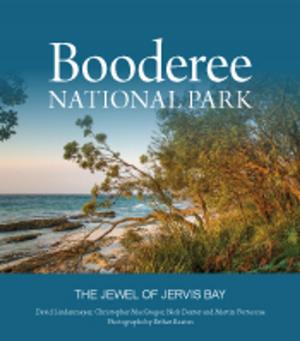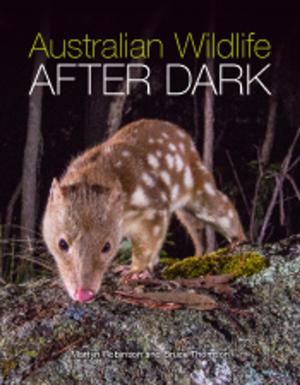Australian Dry-zone Acacias for Human Food
Nonfiction, Science & Nature, Science, Biological Sciences, Botany| Author: | ISBN: | 9780643102408 | |
| Publisher: | CSIRO PUBLISHING | Publication: | January 1, 1992 |
| Imprint: | CSIRO PUBLISHING | Language: | English |
| Author: | |
| ISBN: | 9780643102408 |
| Publisher: | CSIRO PUBLISHING |
| Publication: | January 1, 1992 |
| Imprint: | CSIRO PUBLISHING |
| Language: | English |
Australia's unique and diverse woody flora has become socially, economically and environmentally important in many other countries. The seed of some Acacia species showing promise in planting programs in semi-arid areas has been a part of the traditional diet of Australia's Aboriginal people. The dry seed may be ground to flour, mixed with water and eaten as a paste or baked to form a cake. Forest tree breeding has focussed on wood production, selecting taller, faster-growing varieties. The same principles of selection and improvement can be applied to improve seed yields and nutritional properties of shrubs. The selection criteria would include seed characters such as taste, seed coat thickness and nutritive value to maximize their food value. The book looks at the possibility of building upon the traditional knowledge of Aboriginal Australians, using modern scientific methods, for the benefit of people in the world's dry areas. Australian Dry-zone Acacias for Human Food documents the proceedings of a workshop held at Glen Helen, Northern Territory, Australia. The purpose of the meeting was to examine the idea of developing the food value of the seed of Australia's dry-zone acacias. This book covers a summary of the workshop conlcusions, the invited papers, and recommendations of the working groups.
Australia's unique and diverse woody flora has become socially, economically and environmentally important in many other countries. The seed of some Acacia species showing promise in planting programs in semi-arid areas has been a part of the traditional diet of Australia's Aboriginal people. The dry seed may be ground to flour, mixed with water and eaten as a paste or baked to form a cake. Forest tree breeding has focussed on wood production, selecting taller, faster-growing varieties. The same principles of selection and improvement can be applied to improve seed yields and nutritional properties of shrubs. The selection criteria would include seed characters such as taste, seed coat thickness and nutritive value to maximize their food value. The book looks at the possibility of building upon the traditional knowledge of Aboriginal Australians, using modern scientific methods, for the benefit of people in the world's dry areas. Australian Dry-zone Acacias for Human Food documents the proceedings of a workshop held at Glen Helen, Northern Territory, Australia. The purpose of the meeting was to examine the idea of developing the food value of the seed of Australia's dry-zone acacias. This book covers a summary of the workshop conlcusions, the invited papers, and recommendations of the working groups.
